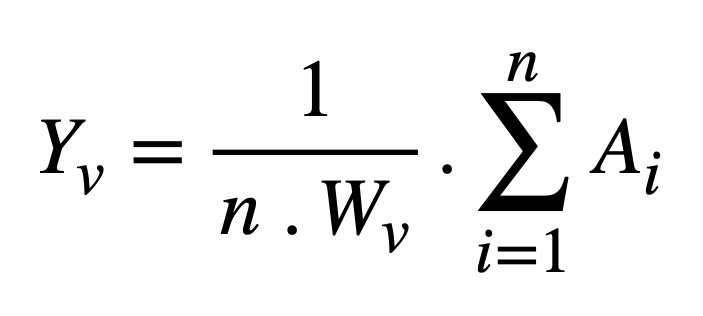
Covert Control (Yv) expresses the potential for any location to visually oversee others whilst avoiding scrutiny itself. In isovist terms, Covert Control is the ratio of the average area visible within one visual step of a given location (co-visibility) against the amount said location is seen (or directed visibility). As such it is similar to the inverse of Controllability, the potential for any location to be visually controlled in an ‘overlooking’ manner (Turner, 2001b).
Covert Control increases as a small isovist encompasses regions that generate larger, more connected isovists than itself; i.e. when a location can ‘see’ regions of space that in turn ‘see’ relatively more, better connected space than it. Locations that are high in covert control offer ready visual connection to large areas but are themselves fairly concealed, making them useful for surreptitious oversight.
To determine covert control, the Isovist_App divides the value for co-visibility with the value for directed visibility. The outcome is a relative value from 0 – infinity, representing the potential magnitude increase in view available as a result of movement.
In notation form the calculation for covert control is expressed as:

Where ‘Ai’ is the area of any isovist that point V falls within; ‘Wv’ the directed visibility at point V; and ‘n’ the total number of isovist samples